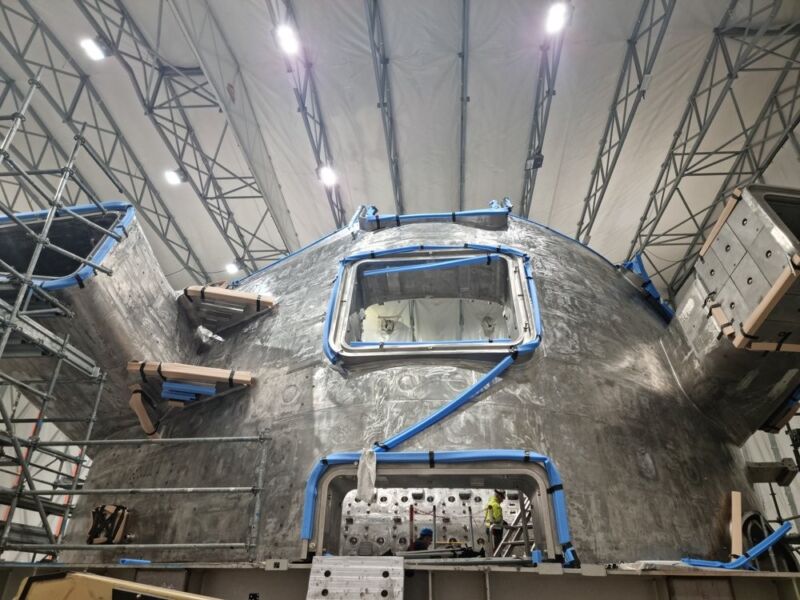
On Tuesday, the people running the experimental fusion reactor ITER announced that a combination of delays and shifting priorities meant the first hardware of its kind wouldn’t see plasma until 2036, while full power from deuterium-tritium fusion was pushed back to 2039. The latter is a four-year delay from the previous roadmap. While the former is also a delay, that’s partly due to shifting priorities.
COVID and construction delays
ITER is an attempt to build a fusion reactor that can sustain plasmas that allow it to operate well past the breakeven point, where the energy released by fusion reactions greatly exceeds the energy needed to create the conditions that make those reactions possible. The goal is to reach that milestone by scaling up a well-understood design called a tokamak.
But the problem has been plagued by delays and cost overruns almost from the start. In the early stages, many of these changes were due to design changes necessitated by a better and improved understanding of plasmas held at extreme pressures and temperatures, thanks to better modeling capabilities and a better understanding of the behavior of plasmas in smaller reactions.
The latest delays are due to more prosaic reasons. One is the product of the international nature of the collaboration, with individual components being built by different partner organizations before being assembled at the reactor site in France. The pandemic has, unsurprisingly, severely disrupted the production of many of these components, and the structure of the project meant that alternative suppliers could not be used (assuming alternative suppliers of unique hardware existed in the first place).
The second problem concerns the location of the reactor in France. The country's nuclear safety regulator had concerns about the assembly of some components and halted construction of the reactor.
High energy from the start
In re-evaluating the schedule that these delays would necessitate, the organization that manages ITER reassessed some of its priorities. In the previous schedule, the plasma in the machine would have been prioritized, with relatively low-energy hydrogen plasmas being placed in the machine before all the final hardware was complete. This would have required a lengthy shutdown after the initial experiments before the reactor could be operated at progressively higher energies, using more powerful deuterium and deuterium/tritium plasmas.
Under the previous plan, the low-energy, hydrogen-only plasmas would have begun testing in 2025, a target date that has become completely unrealistic due to delays. Instead, they will now take place in 2034. However, rather than a series of short demonstrations, these experiments will last more than two years and reach much higher energies. So while having plasma in the machine is delayed by almost a decade, the system’s magnets will come up to speed just three years later than expected under the previous plan.
Full power operations with a deuterium/tritium fuel mix are delayed by four years. Even if this new schedule is maintained, it will not be until 2039.
So, we’re looking at 15 years, even if there are no further delays. But the potential for said delays has likely increased, as the announcement indicates that ITER will switch to a different material (from beryllium to tungsten) for the construction of the inner wall facing the plasma. This will be more relevant as many other projects, including commercial fusion startups, plan to use tungsten. But it could still add another round of technical and manufacturing delays.
The risk for ITER, however, is that all these delays could lead to some of the countries that are backing the project pulling out. Or, if some of the commercial fusion startups that have been launched wanted to, create the risk that fusion will already be here by the time ITER is ready to run.

